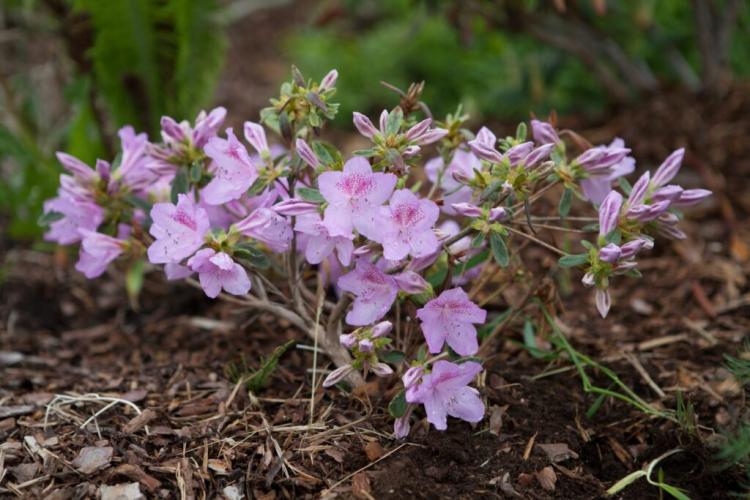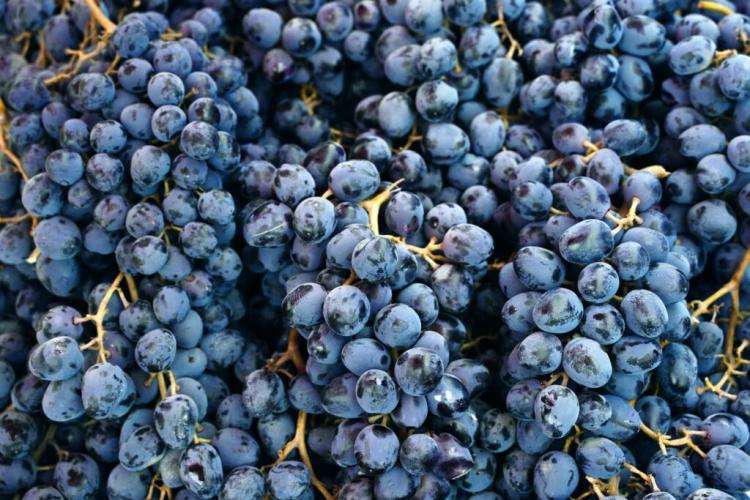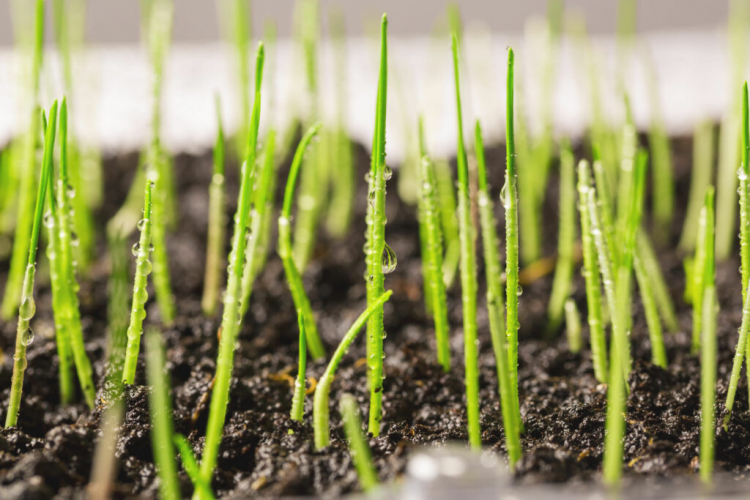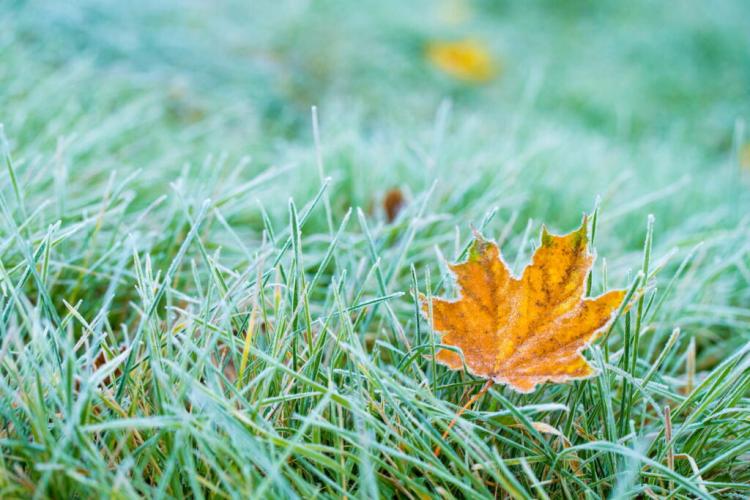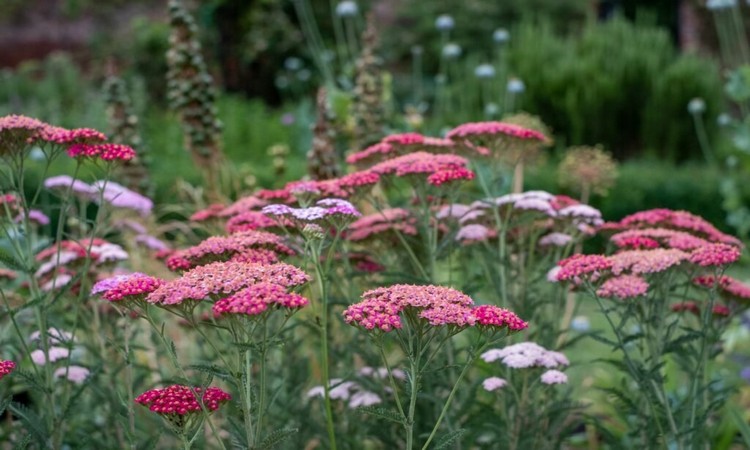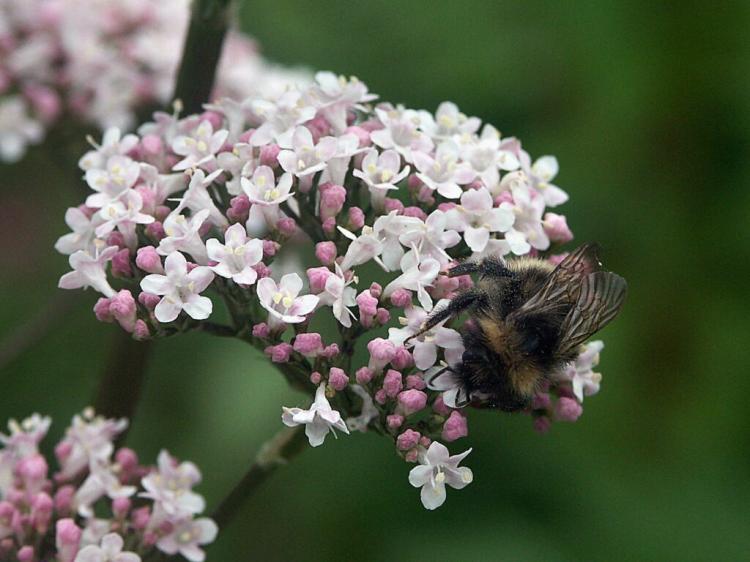Rhododendron Soil: Properties, Benefits And Buying Advice
Rhododendrons are actually considered to be quite easy to care for. But the right soil is essential for you to feel comfortable in your garden.
Rhododendrons (Rhododendrons) belong to the heather family (Ericaceae) and, like other bog plants, are sensitive to calcareous soils. In addition, thanks to their evergreen appearance, they have a considerable nutritional content. All of this and more should be considered in case you plan to plant a rhododendron. Here you can find out everything about the properties that good rhododendron soil has, when it is worth buying special soil or how you can upgrade your garden soil in a rhododendron-friendly manner.
Rhododendron soil: properties and benefits
So that a rhododendron feels comfortable in your garden, it is important to pay attention to the right soil. The pH value in the soil must be correct. Most rhododendrons feel comfortable with a pH value between 4 and 5. The composition of the plant substrate is not only important so that the pH is right. It should also contain nutrients and minerals in a concentration that is adapted to the needs of your rhododendron. Since the evergreen shrubs have a good consumption of nutrients, a nice humus-rich soil should be used directly when planting.
Rhododendrons also have a shallow root system, so the soil should have a good moisture storage capacity, otherwise, deeper-lying groundwater cannot be reached. Nevertheless, the substrate must be well-drained, as your rhododendron does not like standing in the wet. Waterlogging quickly leads to fungal diseases. Once the soil has been adapted to the needs of your plant, you will be rewarded with optimal growth, impressive flowering, and a healthy, resilient plant.
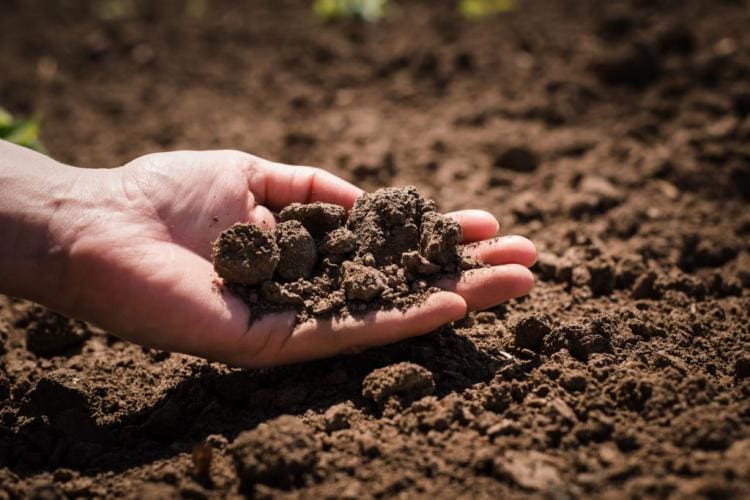
Rhododendron earth: what should be considered when buying?
When buying soil for your rhododendron, look for the following properties:
- pH between 4 and 5
- High nutrient content, best from organic sources (bark humus, humus, guano)
- Good water storage capacity (clay, loam)
- Good permeability to avoid waterlogging and for better ventilation (sand, wood fiber)
All these properties are combined in special rhododendron soil. This offers the optimal conditions for vigorous growth of lime-sensitive plants such as your rhododendron, but also azaleas and other bog plants. Above all, if you decide on bucket culture, you should attach importance to the quality of the soil used. Buying special soil is particularly worthwhile here.
In the garden, it is also sufficient to mix in compost with the existing garden soil. This lowers the soil pH and ensures an adequate supply of nutrients. Because of the influence on the soil pH, you should check it and adjust the amount of mixed compost so that the pH is around five. Clay can also be mixed in to improve the binding of nutrients in the soil. Heavy soils can be loosened up by mixing in the sand.
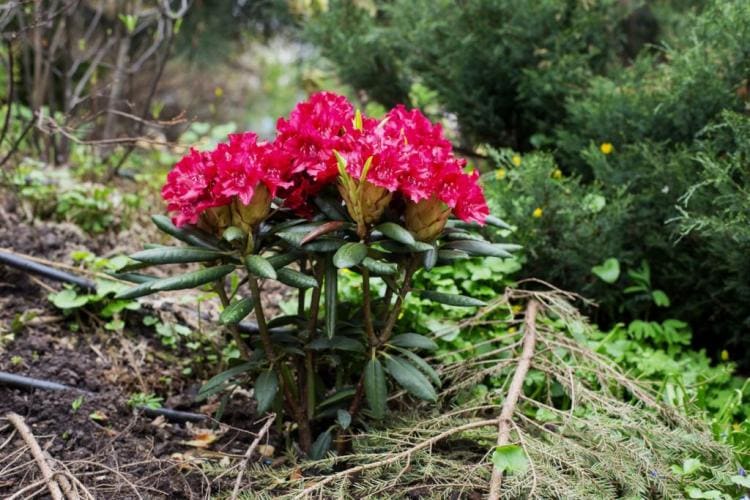
Note: Because the roots of the rhododendron grow just below the surface, they can be easily injured when working in the garden. Therefore, apply a layer of mulch in the root area. This prevents weed growth and also keeps the soil pH low.
We have summarized what you should consider when caring for rhododendrons in a special article. You may also like Fertilizing Rhododendrons.
